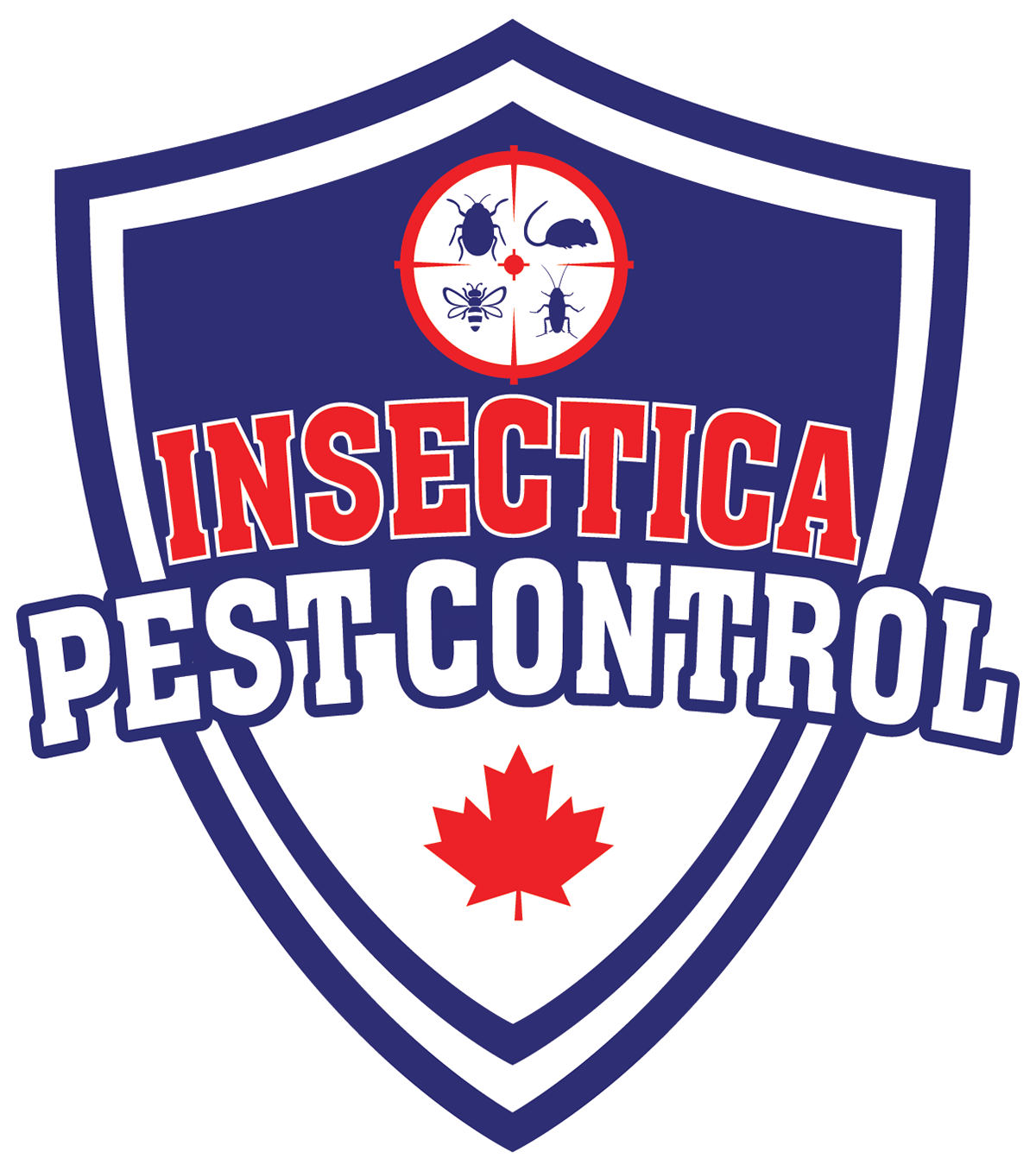Bee/Wasp/Hornet Pest Control
Bees are robust, hairy insects often colored black and yellow. Colony-forming species like honey bees and bumblebees live in hives or cavities, building wax combs to rear young. While bees are beneficial pollinators, a large colony near living areas poses a risk of multiple stings. Signs of a bee infestation include many bees flying around a particular spot, visible honeycomb, or swarms gathering at an entrance. Removing the hive or nest entirely is the only way to eliminate a bee problem. Professional pest control (often working with beekeepers for honey bees) can safely extract the entire colony and comb. Because honey and wax can attract other pests and damage structures, homeowners should not attempt bee removal themselves. Technicians ensure complete removal of bees and comb, treating the area so the infestation is resolved and preventing future incursions.
Wasps, such as paper wasps and yellowjackets, are slender, smooth-bodied insects often marked in black, brown, and yellow. They are about 2–3 cm long and build nests from chewed wood fibers. Paper wasps construct umbrella-shaped, grayish nests under eaves, rafters, or branches, while yellowjackets often nest underground or in wall cavities. These social wasps fiercely defend their colonies and deliver painful stings that can trigger allergic reactions. Yellowjackets in particular are among the most dangerous stinging insects in the U.S. A single nest may contain hundreds of wasps, and activity usually peaks in late summer. Signs of an infestation include seeing a papery nest attached to structures, swarms of wasps near doors or trash cans, or hearing a persistent buzzing sound. Because disturbing a wasp nest can provoke multiple stings, professional pest control is strongly recommended.
